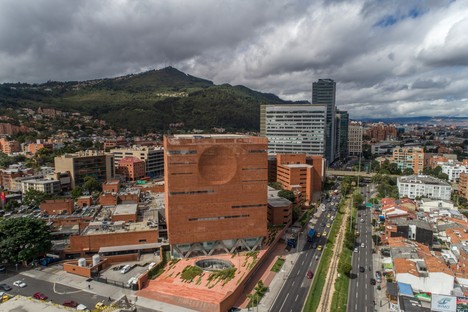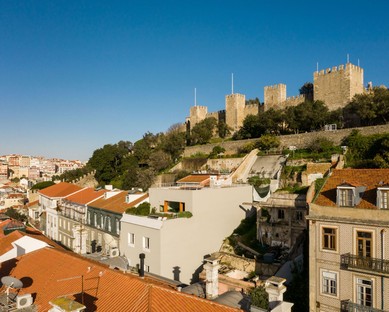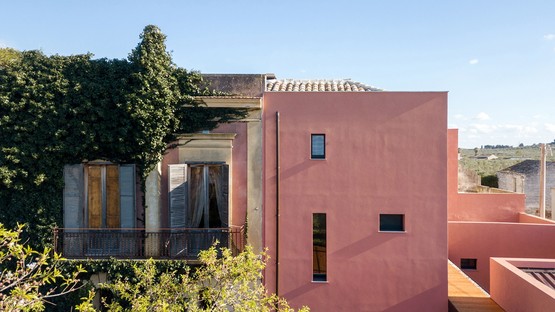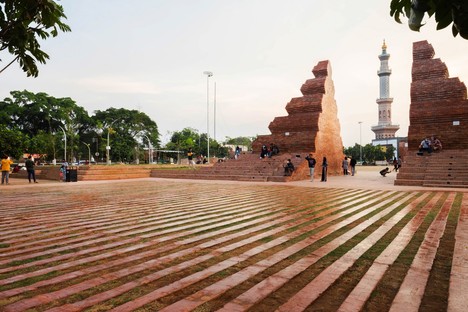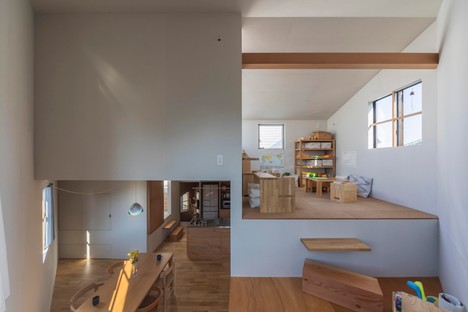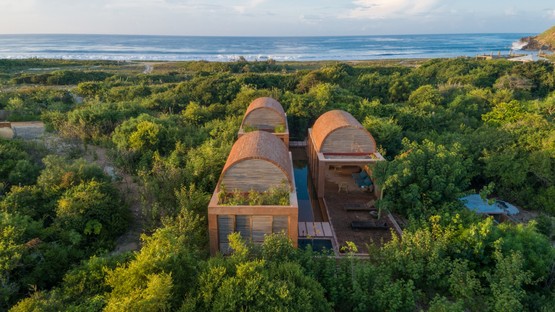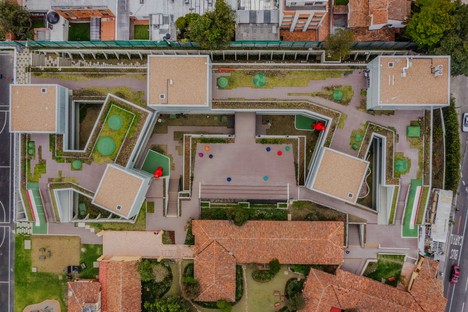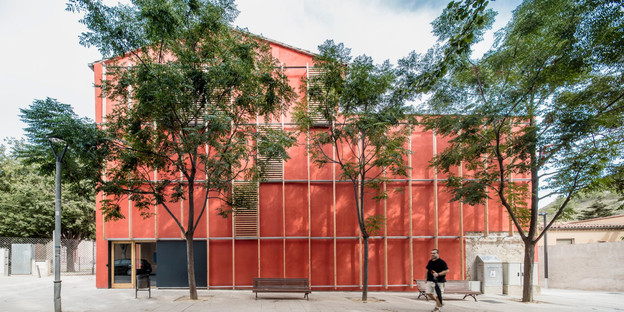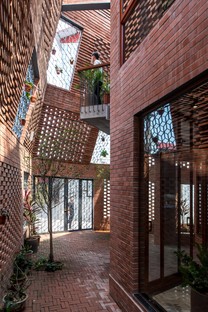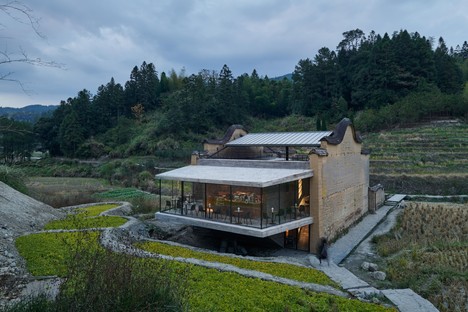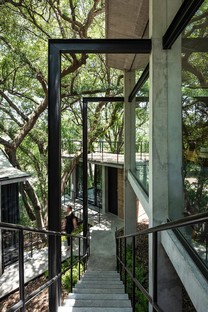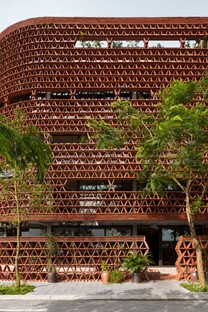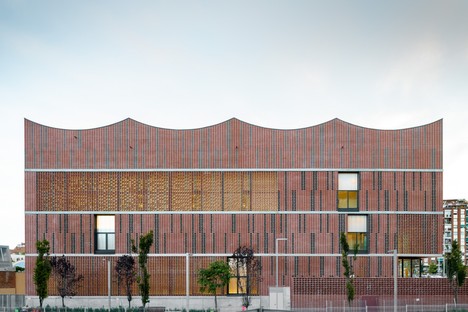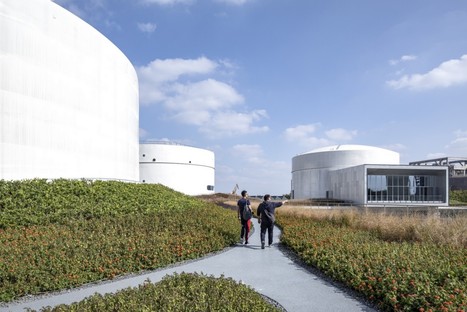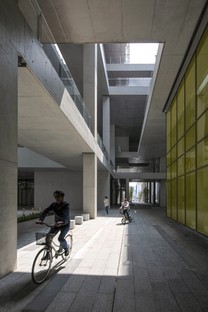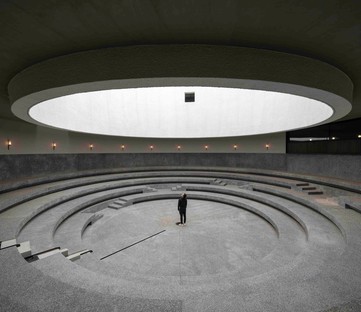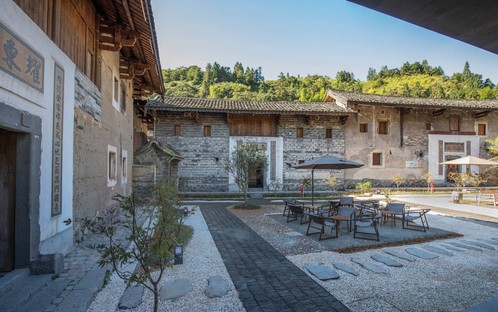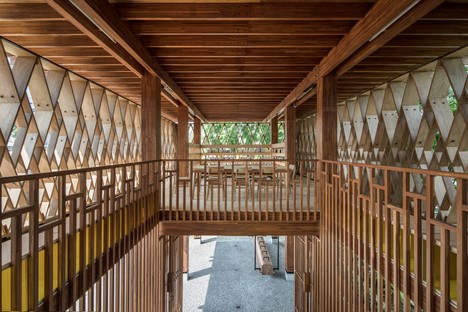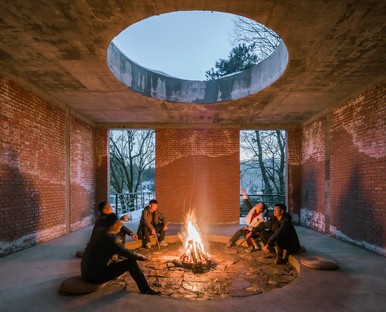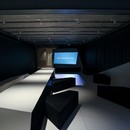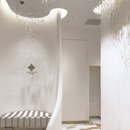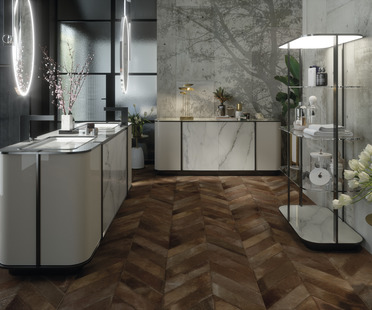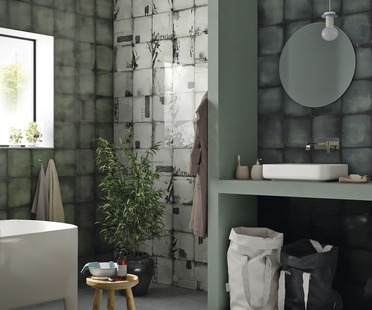15-10-2021
20 years of architecture: at the cutting edge of design, in real time
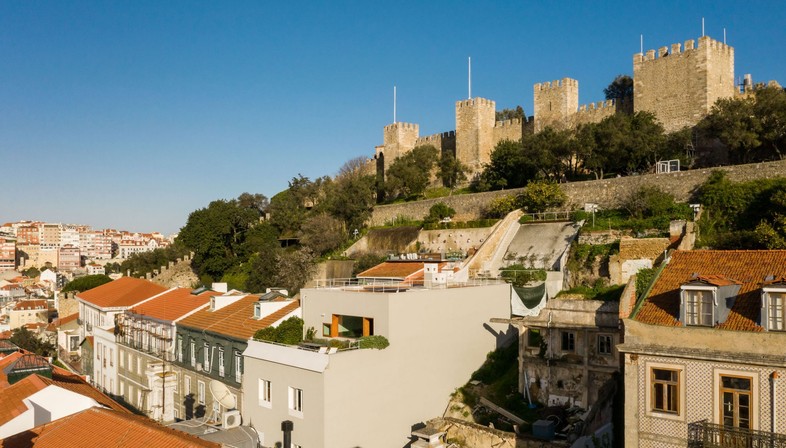
What does it mean to report on what is happening in the world of architecture just as it happens in our time? It no longer has anything to do with the ability or importance of seeking out information - which is all at any Internet user’s fingertips anyway - but instead has a lot more to do with being discerning. It is first and foremost a responsibility.
Nowadays, thanks to Google Street View, people from around the world can already watch a construction site being erected and, most probably, by the time the next museum designed by the master architect of the week sees its inauguration, a three-dimensional image of the completed building will already be available for all to see.
Editing a section that reports on contemporary design in real time, just as the Projects section of the Floornature portal has done over the last 20 years, implies an awareness of taking a certain direction in the face of the boundless tangle of digital media out there: the information conveyed by architects and construction firms, by communication agencies, by competition, prize and awards portals - and many others besides - in addition to all the associated social media pages which have popped up over the last ten years. Despite an overwhelming collective push towards a sort of figurative indigestion, or alternatively, chalking architecture up to a mere collection of illustrious names, dates, locations, materials and ‘exploded’ shapes, what remains rare is the analysis of a theme, an in-depth exploration, an investigation, taking a position - especially when it comes to unknown designers.
Since 2001, when it was founded as one of the very first websites dedicated to architecture, this portal has carefully honed its instinct to seek out the cutting edge of the industry along the way, in terms of design thinking, architectural culture, and even social feedback. When Floornature was born out the intuition of a business giant, Romano Minozzi, there was still a strong belief that collective progress could continue to correspond perfectly with economic progress. Volumetric growth, land consumption, increased productivity and consumerism, but also abandoning inhospitable lands in favour of better promises - always money-focused - were the perennial topics of conversation both public and private in architecture firms. Materials such as reinforced concrete, glass, steel and composites could quickly mark out a building as ‘cutting-edge’. The Modern Movement was already long gone, but the image of a future as predicted in the 1930s still filled our heads.
Floornature soon saw fit to veer away from all that, instead presenting itself as a portal dedicated to environmental sustainability. Backed and funded by those who had already adopted this issue as a corporate commitment back then, it asked its editors to select and showcase buildings that had been constructed with this principle in mind. And, over the years, the theme has extended from environmental sustainability to social sustainability, ever keen to investigate the interplay between these two aspects. Architecture that is designed not only efficiently, but also with an attentive eye for how people behave, so as to improve the ways in which they interact and live together. What, then, are the repercussions on the context of a project that has also been carefully designed in environmental terms?
Over the years, this kind of conscientiousness has become a symptom of a more all-encompassing attention to design, of an architectural gesture that heralds not only formal innovation, but also a deeper interest in the human being involved in the process and how they experience the space every single day.
This has ultimately drawn us away - regularly and willingly, I might add - from the temples to technological innovation brought to life by the West. We have allowed our curiosity to lead us down new paths, guided by the reclamation and reinterpretation of materials belonging to the architectural language of these less central, more remote parts of the world, in light of the fact that the architectural media still suffers from a marked sense of Eurocentrism. And to our readers, we have showcased some of the boldest solutions around to issues such as, for example, natural ventilation or reducing solar radiation in lands far away from what we know: Vietnam, China, Bangladesh and Mexico, to name but a few. In a sense, environmental excellence has now also become cultural and social excellence.
We feel that we are on the right track, especially in light of the future now looming over us. An increasing amount of interest in our work is now coming from these far-flung parts of the world due to our unprecedented approach to digital media: a category often accused of ‘laziness’. We are truly passionate about seeking out excellence, even - or perhaps especially - when we have to go to the edge of the world to find it, because it is an honest way of conveying the evolution of architecture to its readership, its public, to you.
Mara Corradi










